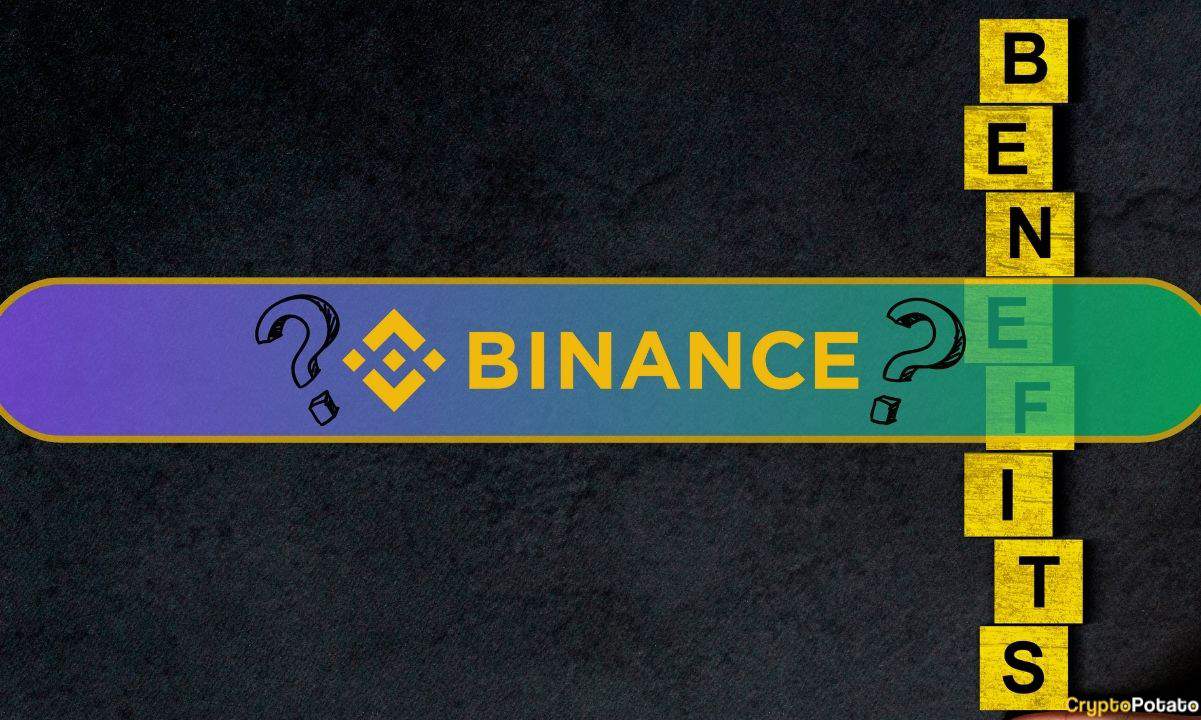Stablecoin Dominance Wanes as Overall Value Rises: Binance Research
The overall market value of cryptocurrencies has increased, leading to a decline in the dominance of stablecoins. Their share of the total crypto market cap has dropped from 17.3% to 7.8%.
In a market characterized by a consistent rise in short-term US bond yields, approaching 5%, investors holding stablecoins face higher opportunity costs, prompting a shift of assets off-chain for many, according to the latest report by Binance Research.
Centralized Stablecoins Dominate
Despite experiencing a recent increase since October, the stablecoin market has, on the whole, contracted throughout this year. Currently, the stablecoin market cap is a little over $130 billion, reflecting a slight decrease of 5.2% year-to-date compared to the $137.8 billion recorded at the beginning of 2023.
Centralized stablecoins continue to be the “cornerstone” of the sector, making up more than 90% of the total market. Meanwhile, the majority of stablecoins gaining popularity were found to incorporate varying degrees of centralization, either entirely or within a hybrid structure that combines elements of both centralization and decentralization, as per Binance Research.
The appeal of high yields has led stablecoins like DAI and Frax Finance’s FRAX to transition towards more centralized assets, such as U.S Treasury bills, to capture this value. As a result, both projects have strategically aligned their protocols to offer returns comparable to US Treasury bills, attracting investors seeking stable yields.
Counterparty risks associated with the stablecoins continue to remain a major factor for consumers. There is a growing inclination towards centralized alternatives, driven by their user-friendly nature, scalability, and wider acceptance on centralized exchanges (CEXes) and within payment systems.
While centralized stablecoins could maintain their dominance for the foreseeable future, the rise of newcomers, such as collateralized debt position (CDP) stablecoins and those supported by liquid staking tokens (LSTs), cannot be ignored.
DAI Surges to Third-Largest Stablecoin, Overtaking BUSD
Although Tether (USDT) and Circle’s USD Coin (USDC) continue to hold the first and second spots as the largest stablecoins by market capitalization, DAI has emerged as the leading decentralized option backed by collateral.
Having attained a market capitalization of over $5.2 billion, DAI has risen to become the third-largest stablecoin, surpassing BUSD in the process.
DAI’s growth can be credited to its expanding presence in the real-world asset (RWA) sector, competitive yield offerings, and improved on-chain usability. With the Silicon Valley Bank (SVB) crisis and the subsequent regulatory scrutiny on centralized stablecoins, there has been a noticeable shift towards diversifying reserves, a strategy effectively embraced by DAI last year.
The importance of this approach became evident during the de-pegging of USDC, causing DAI to briefly decline to $0.897, as USDC constituted a substantial portion of DAI’s collateral at that time.
To mitigate similar risks in the future, DAI reduced its reliance on USDC, opting instead for assets like US Treasury securities, spreading risk and increasing yield. Furthermore, the increased yield from treasuries has supported higher interest rates for the DSR, playing a crucial role in sustaining DAI’s market share throughout the year.
The post Stablecoin Dominance Wanes as Overall Value Rises: Binance Research appeared first on CryptoPotato.









